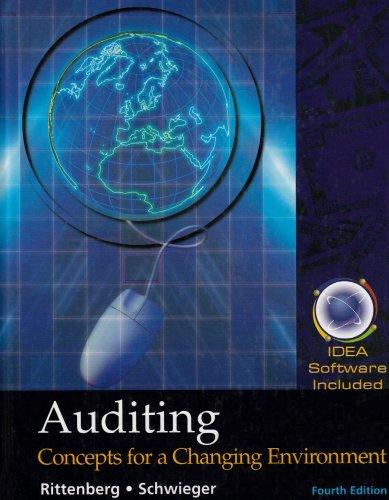
4. The goal of this problem is to compare various investments and decide which would be most beneficial. An investor has $12,000 to invest and is willing to keep it invested for up to 5 years. Each of the options below is available. Find the future value of the investment. When you've completed all of them, write a few sentences explaining which you think would be the best choice for you. Investing money is highly personal so really consider which option is most appealing to you. a. A 5-year certificate of deposit that pays 2.1% simple interest. You b. A 5-year certificate of deposit that pays 2.9% interest compounded annually. c. You lend the money to a friend who's starting a business, and she writes a contract guaranteeing you as 15% return on your investment to be paid in full at the end of 5 years, with an option to reinvest if the company is successful. If the company is not successful you don't get any money including the principal amount. Note, 15% of the investment is the total percent for all 5 years, which means 3% per year. 4. The goal of this problem is to compare various investments and decide which would be most beneficial. An investor has $12,000 to invest and is willing to keep it invested for up to 5 years. Each of the options below is available. Find the future value of the investment. When you've completed all of them, write a few sentences explaining which you think would be the best choice for you. Investing money is highly personal so really consider which option is most appealing to you. a. A 5-year certificate of deposit that pays 2.1% simple interest. You b. A 5-year certificate of deposit that pays 2.9% interest compounded annually. c. You lend the money to a friend who's starting a business, and she writes a contract guaranteeing you as 15% return on your investment to be paid in full at the end of 5 years, with an option to reinvest if the company is successful. If the company is not successful you don't get any money including the principal amount. Note, 15% of the investment is the total percent for all 5 years, which means 3% per year







